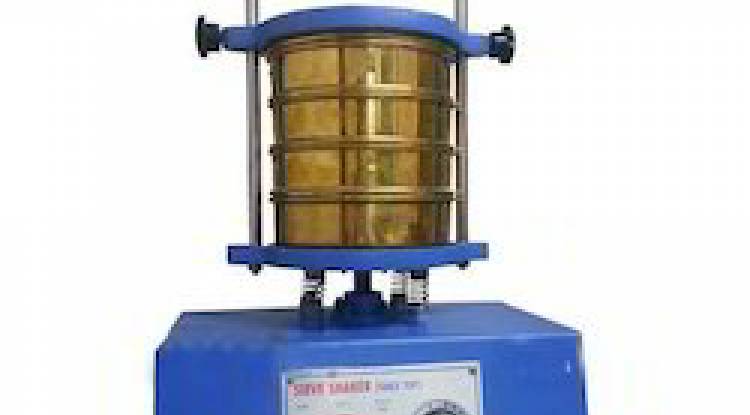
An Introductory Note on Laboratory Sieve Shaker
Introduction
Sieve shakers are used for separation and size determination of particles and grains. A typical sieve shaker separates particles by passing them through a series of layers with tracery filters and agitating the sample in order to obtain complete separation. Depending on the equipment, there are options for sieving both solid and liquid samples. Equipment differs according to the type of sieving, the maximum and minimum particle size that can be processed, and level of automation. Choice of equipment will depend on the type of lab and the samples being processed.

Types of Sieve Shaker
There are different types of sieve shakers and some kind of analytical test sieves which can be used for particle size analysis or grain size analysis in various laboratories of quality control.
Most of ASTM, ISO and other international standards refer to the Sieve Analysis method
The different types of Sieve Shakers are:
- Laboratory Sieve Shakers
Laboratory Sieve Shaker is a very vital laboratory product which allows the determination of various factors which are vital when it comes to size and fineness of various particles.
- Gyratory Sieve Shakers
Gyratory Sieve Shakers are those kinds which are commonly used in mechanical screening or sieving based on the circular motion of the machine.
- Electromagnetic Sieve Shakers
Electromagnetic Sieve Shakers are made in such a way that it is capable of providing a dependable and accurate analysis of particles along with quick and consistent service.
- Rotatory Sieve Shakers
Rotatory Sieve Shakers is used for sieving both dry and wet course materials. It is a very common Sieve Shaker.
Structure of laboratory Sieve Shaker
The Laboratory Sieve Shaker consists of a cradle for holding the sieves, a power unit, and a base. The cradle consists of a platform is sealed to the lower ends of the two vertical support rods.
The ends present on the upper level are mounted with shock absorbers to provide horizontal support which is free to pivot about its mounting. A sieve holder along with a retaining ring and nuts are used on the vertical support rods to hold the top bar strongly against the sieves.
Choosing Sieve Shakers according to the purpose
- General Purpose Sieve Shakers
This category of Sieve Shakers is used to handle simpler products and the sieve is required to be 100 mm and 200mm and can handle up to 6 lbs. This category does include other items which are capable to break up agglomerated and perform various wet sieving processes.
- Small Particle Separation Shakers
Small Particle Separation Shaker’s general purpose is to deliver consistent particles down to 20 Microns.
Conclusion
When one is looking to get the smallest particles of a granule then Sieve Shakers are the best. Sieve Shakers should be chosen according to the requirements of the user. It’s very economical and easy to use.













